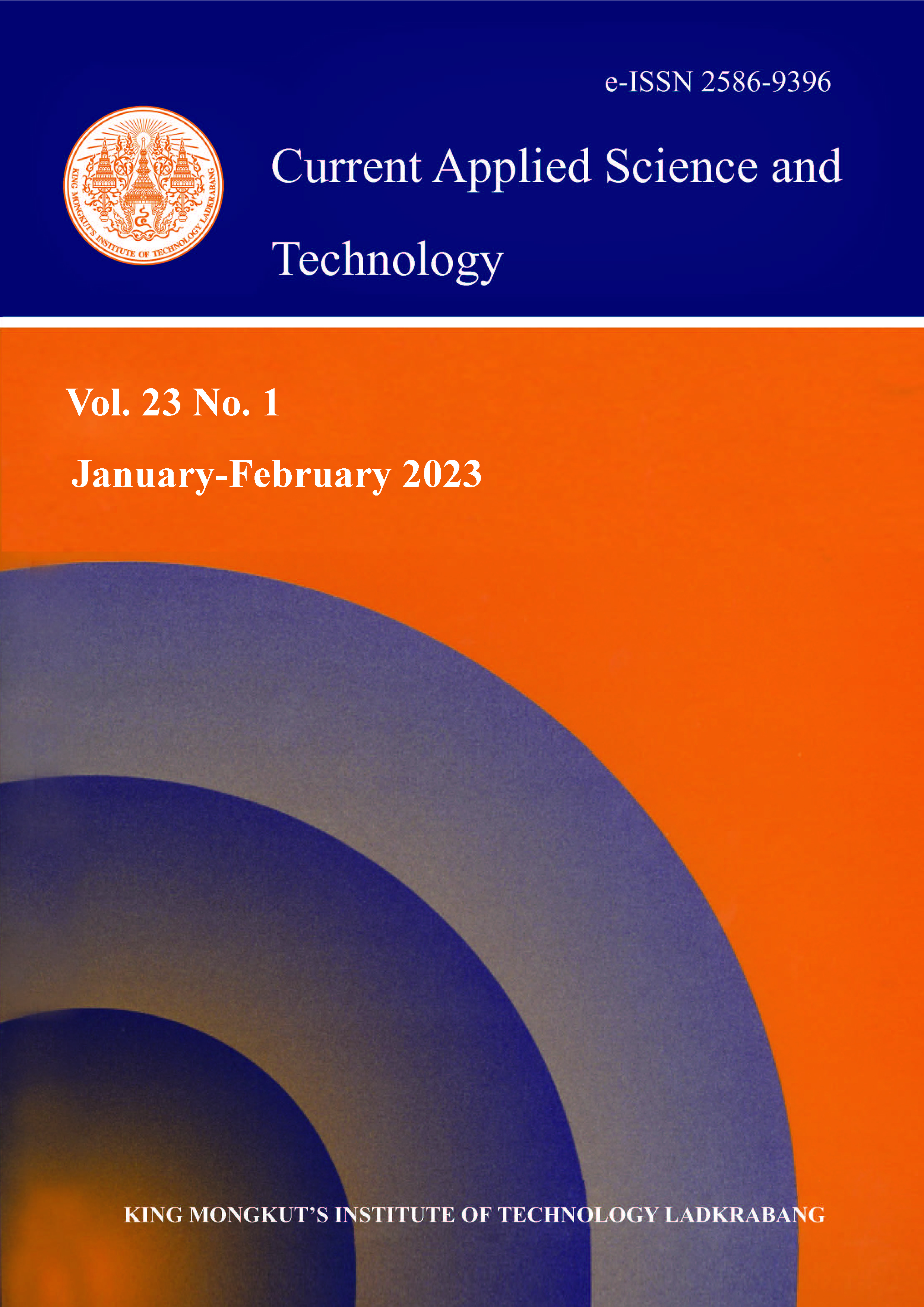TiO2 nanoparticle films were successively coated onto aluminum (Al) alloy sheet using a coating technique at 150°C for 5 h. This was a chemical sintering method, integrated with Al/TiO2/Al sandwich coupling and used weak acid as a binder. To evaluate the coating ability of the TiO2 nanoparticles on the aluminum alloy sheet, the physicochemical characteristics of the film samples were analyzed by means of SEM-EDS, FT-IR and XRD. The TiO2 films prepared by the coating technique at 150°C for 5 h were compared with TiO2 films prepared by the doctor-blade technique at 500°C for 10 min using two different organics as binders. The results of the physicochemical analysis indicated that the coating technique at 150°C for 5 h provided superior coating ability of TiO2 nanoparticles onto aluminum alloy sheet than the doctor-blade technique. This may have been because of reduction of the thermal gradient at the TiO2 interface, which affected the relaxation of internal and external stresses on the TiO2 film on the aluminum alloy substrate. In this work, the TiO2 film prepared by chemical sintering method, integrated with Al/TiO2/Al sandwich coupling at 150°C for 5 h using weak acid mixed with 5 wt.% ammonia as a binder proved to produce the optimum TiO2 film; however, film thickness control using the coating technique at 150°C for 5 h still needs to be developed.
Keywords: aluminum; chemical sintering; wet coating; doctor-blade; thin film; titanium dioxide
*Corresponding author: Tel.: (+66) 45352000-29 Fax: (+66) 45352070
E-mail: khatcharin.w@ubru.ac.th
Wetchakun*, K. ., & Wetchakun, N. . (2022). Evaluation of Coating Ability of TiO2 Nanoparticles onto Aluminum Alloy Sheet by Physicochemical Analysis. CURRENT APPLIED SCIENCE AND TECHNOLOGY, DOI: 10.55003/cast.2022.01.23.007 (13 pages). https://doi.org/10.55003/cast.2022.01.23.007

